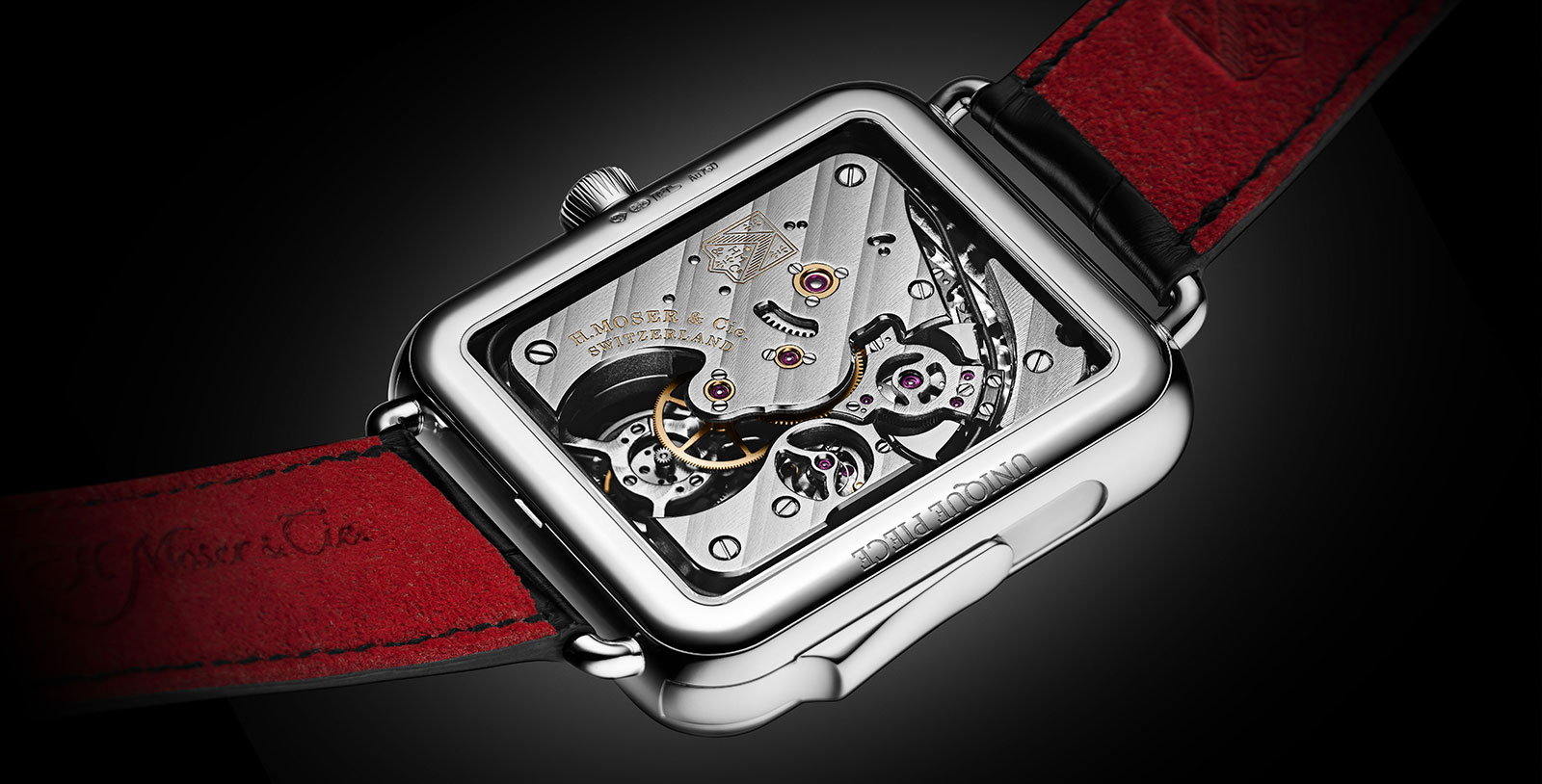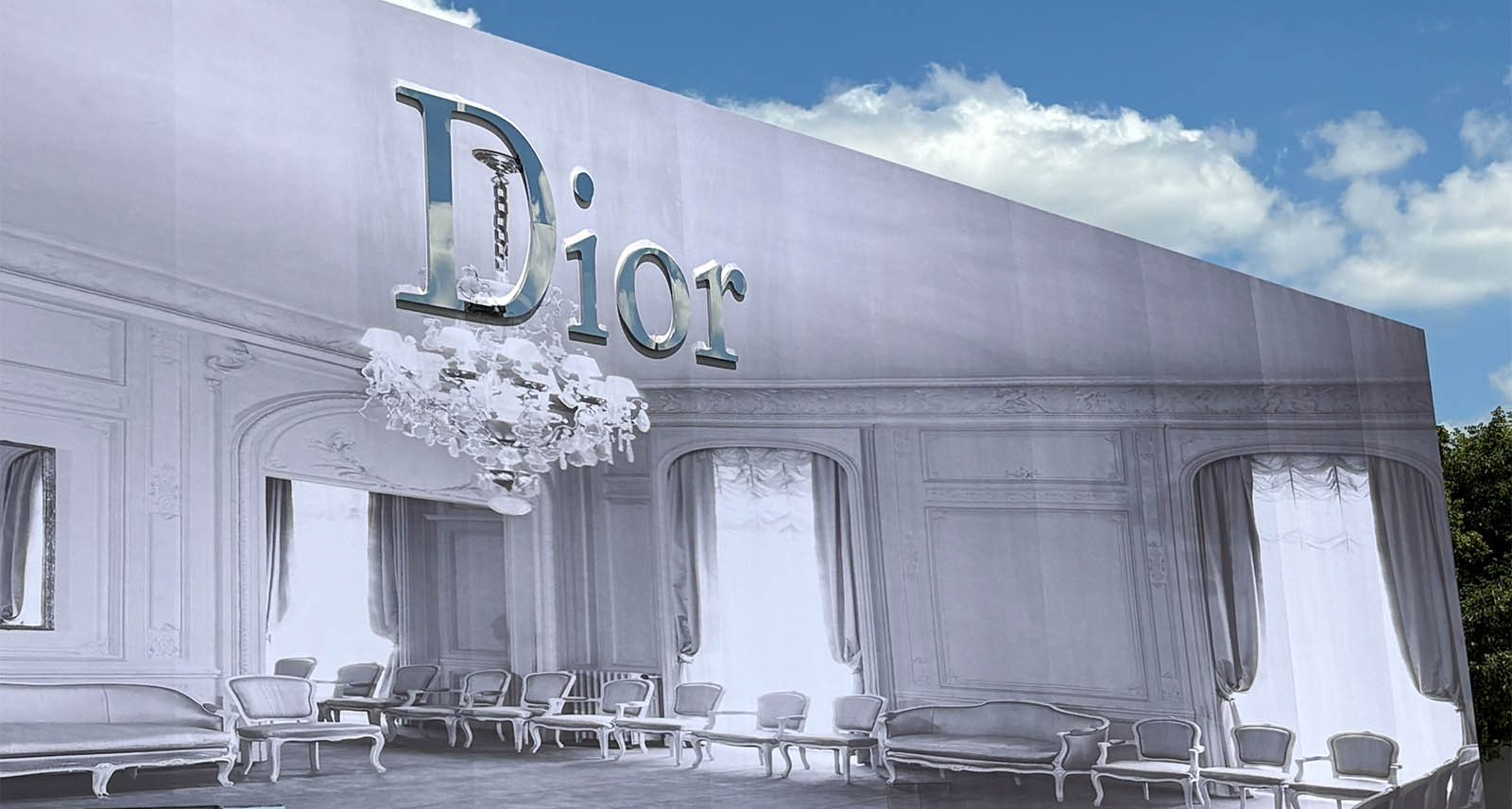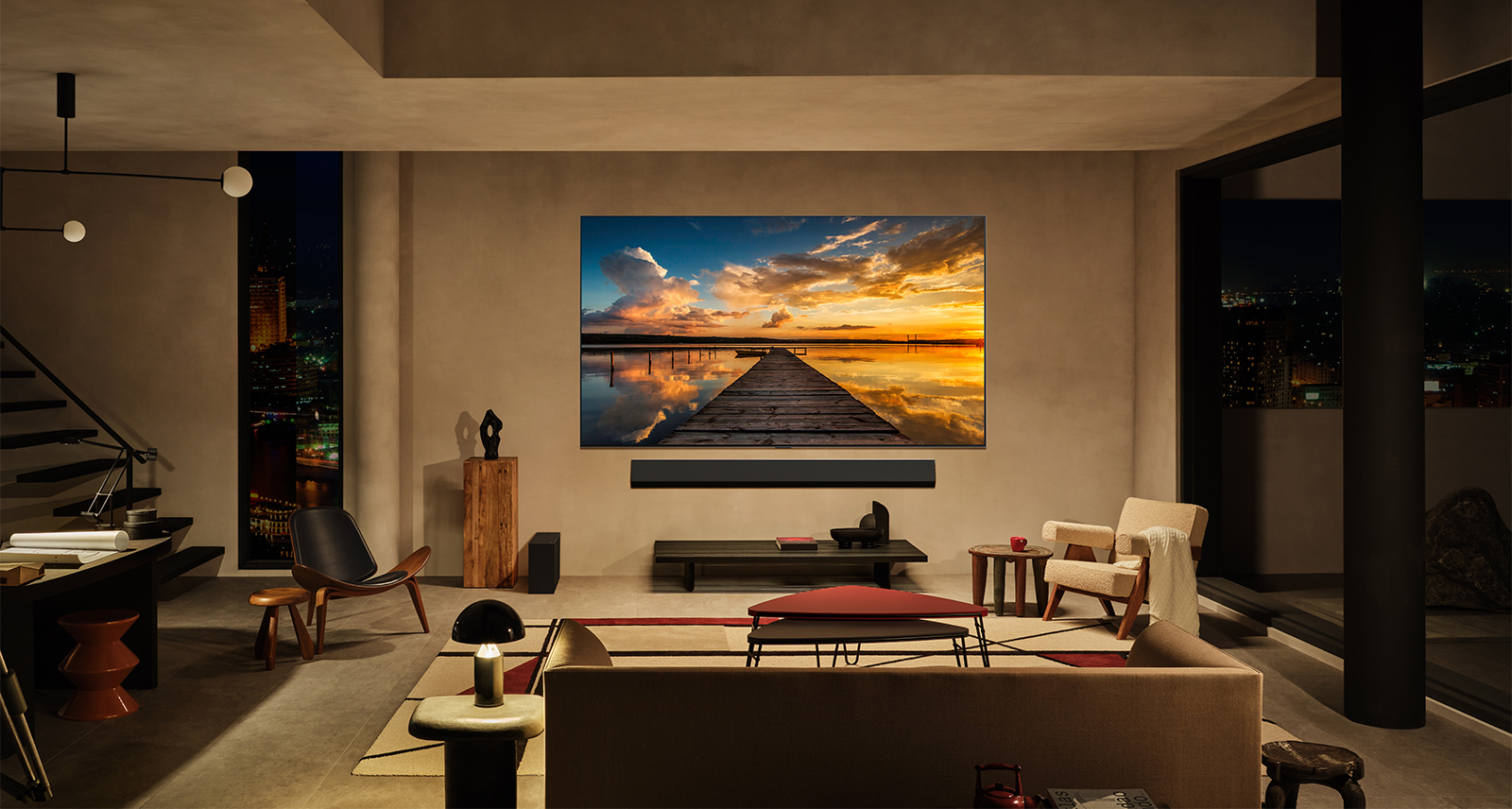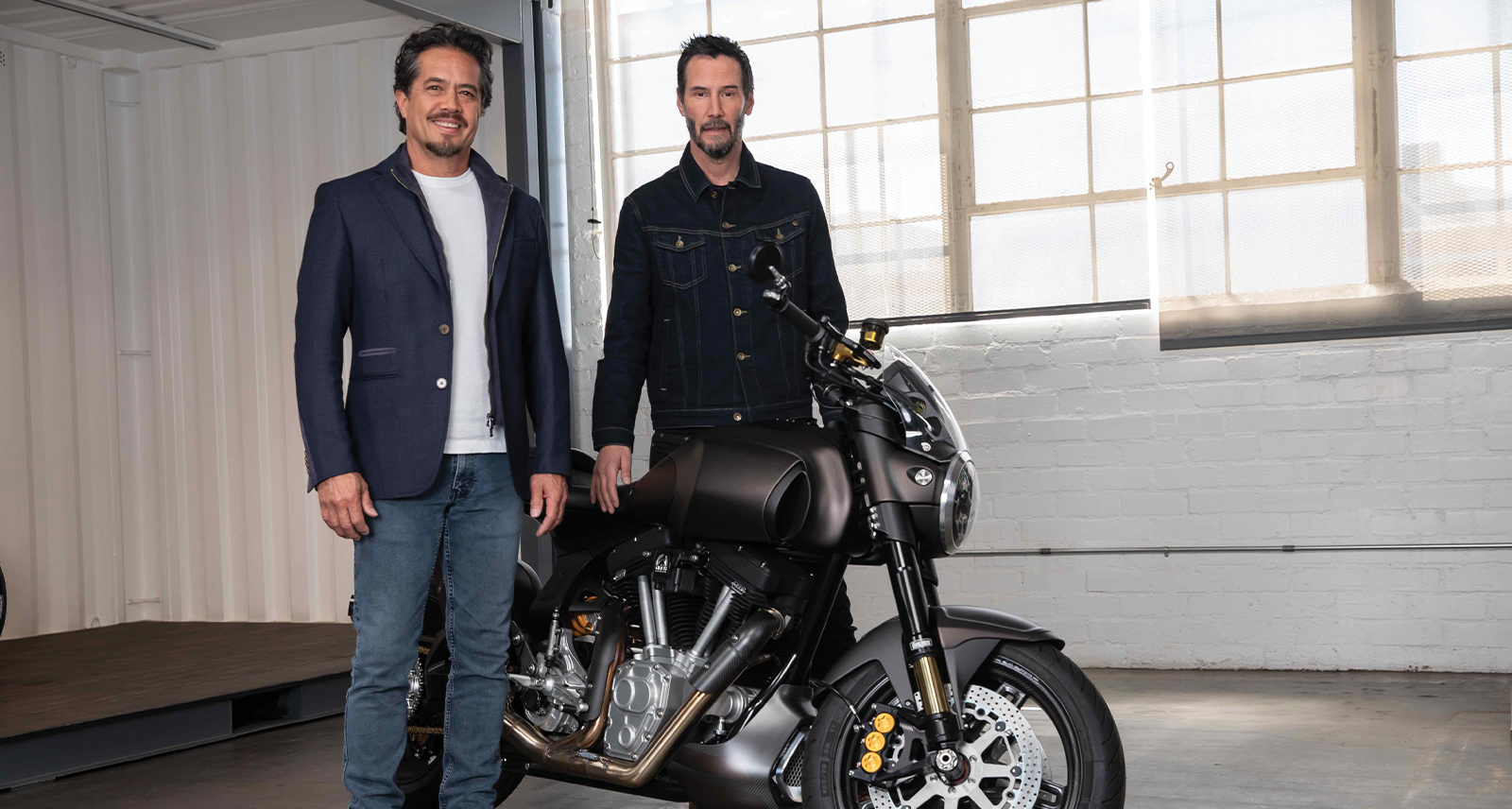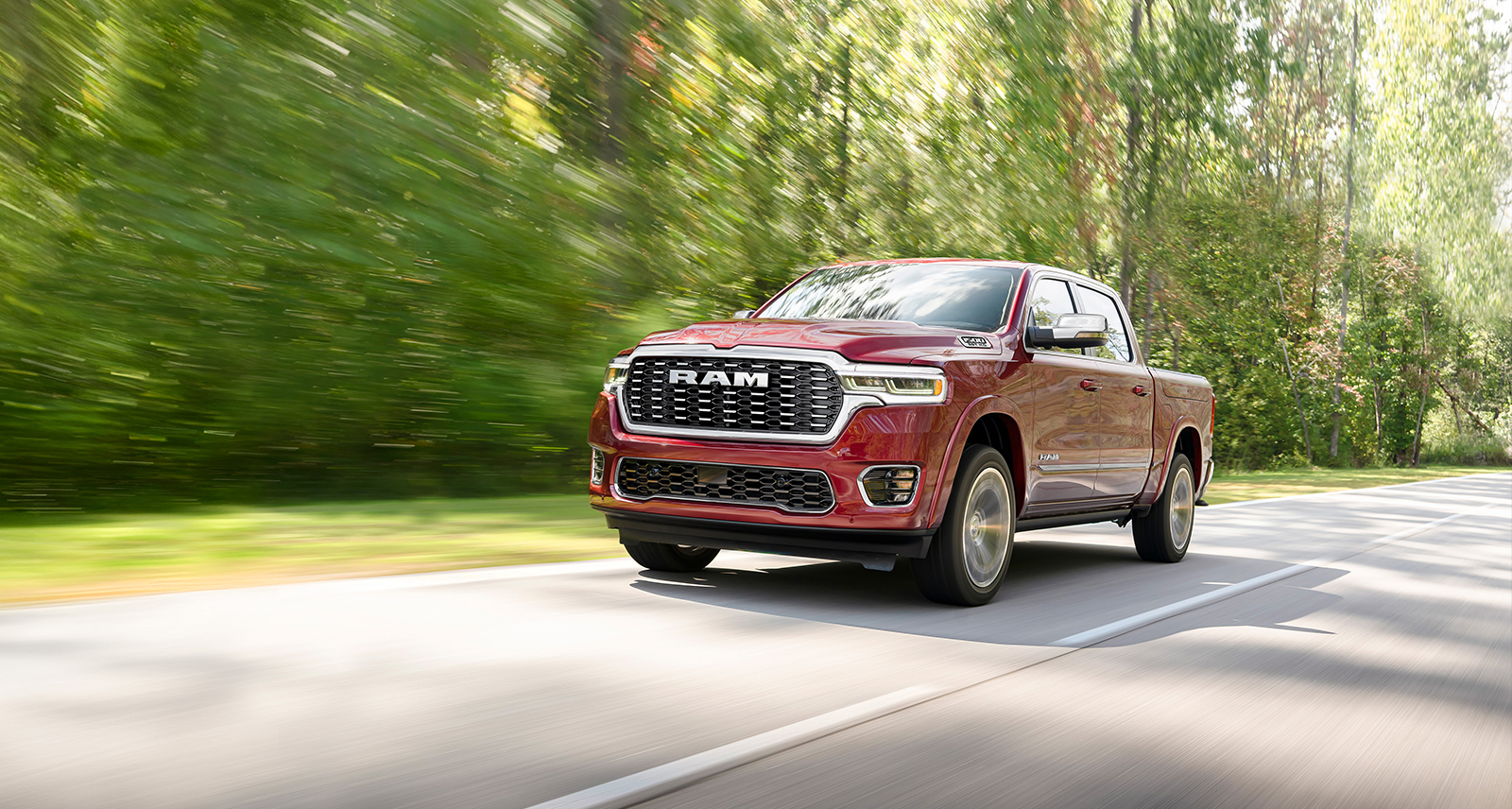H. Moser & Cie’s Edouard Meylan Is Watchmaking’s Dapper Disruptor
H. Moser & Cie, the brashest young upstart in luxury watches, has a long history of rebellious behaviour.
The family that founded the company over 191 years ago had enough drama to put the Romanoffs to shame. After the leaders of his Swiss hometown, Schaffhausen, denied founder Heinrich Moser the position of clockmaker, he left for St. Petersburg, Russia to manufacture timepieces for the Imperial Court. At that time, he vowed never to return.
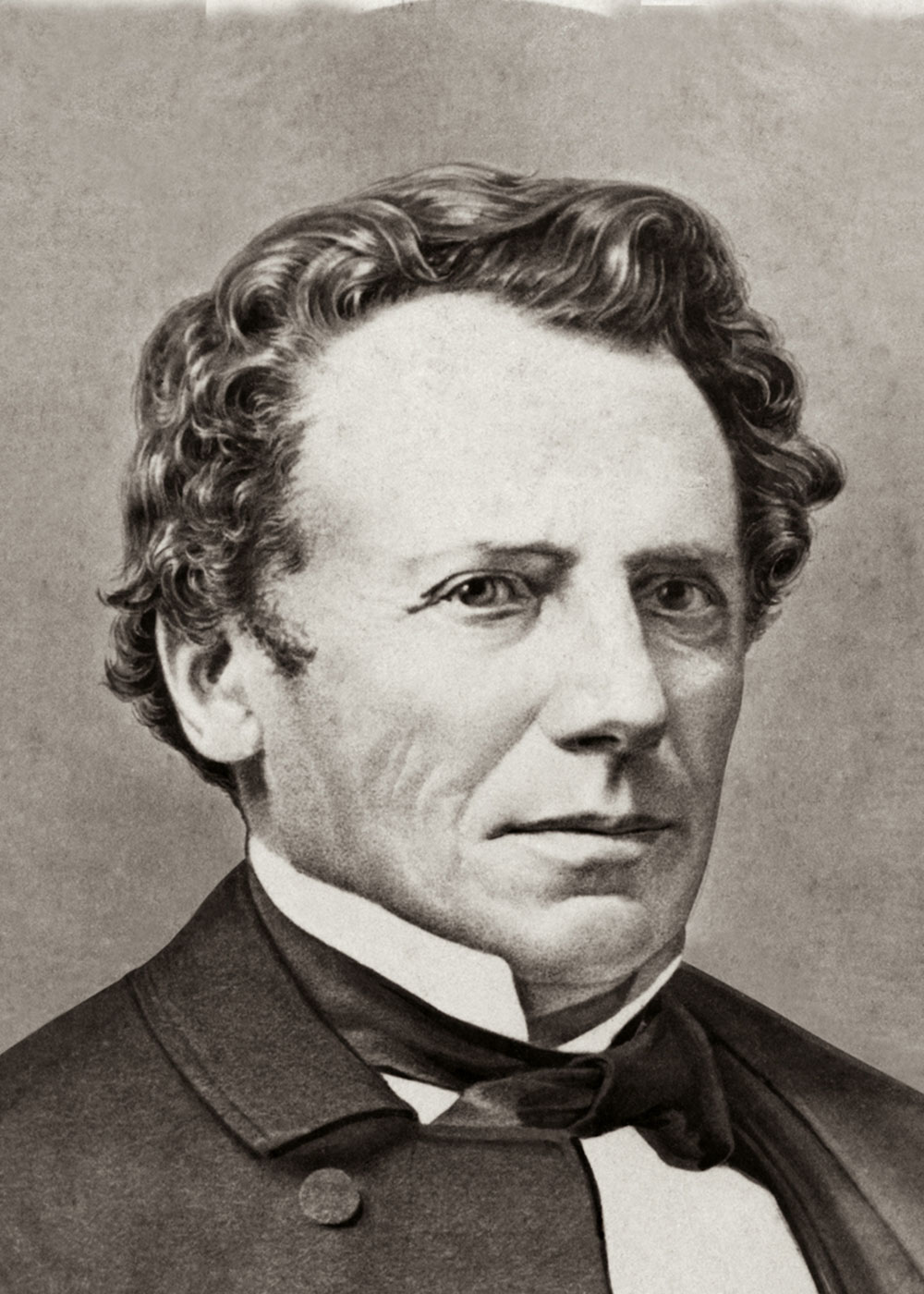
But Moser came back a very rich man with a plan to harness the power of the Rhine river to help industrialize the sleepy region. He married a woman who was 43 years younger than himself. Henri, Moser’s son from his first marriage, was a rake and an explorer. One daughter, Fanny, grew up to be one of the leaders of the parapsychology movement.
We learned of this history when Moser & Cie CEO Edouard Meylan arranged a tour of the Moser family villa, Charlottenfels, before a visit to the H. Moser & Cie manufacture.
At first, Meylan doesn’t look like a rabble-rouser. He’s a charming 43-year-old who, like the Mosers, comes from a watchmaking dynasty (patriarch Georges-Henri was the top man at Audemars Piguet for 20 years before starting up MELB Holding, the company that owns Moser & Cie and brother Bertrand is a board member).
But behind his disarming smile is a bit of a bite. And there’s a reason he wants to share some of the spicier bits of the H. Moser history.
“There’s always been a side of the brand that’s young and rebellious,” says Meylan. The independent manufacturer is perhaps best known for creating provocative timepieces that sometimes troll the conservative Swiss watch industry. In 2017, for example, the company took the “Swiss Made” label off its dials to protest what it saw as lax regulations on the designation. Then they released the Swiss Mad Watch — a timepiece made of cheese with a cowhide strap. Meylan called it “the most Swiss Watch ever.”
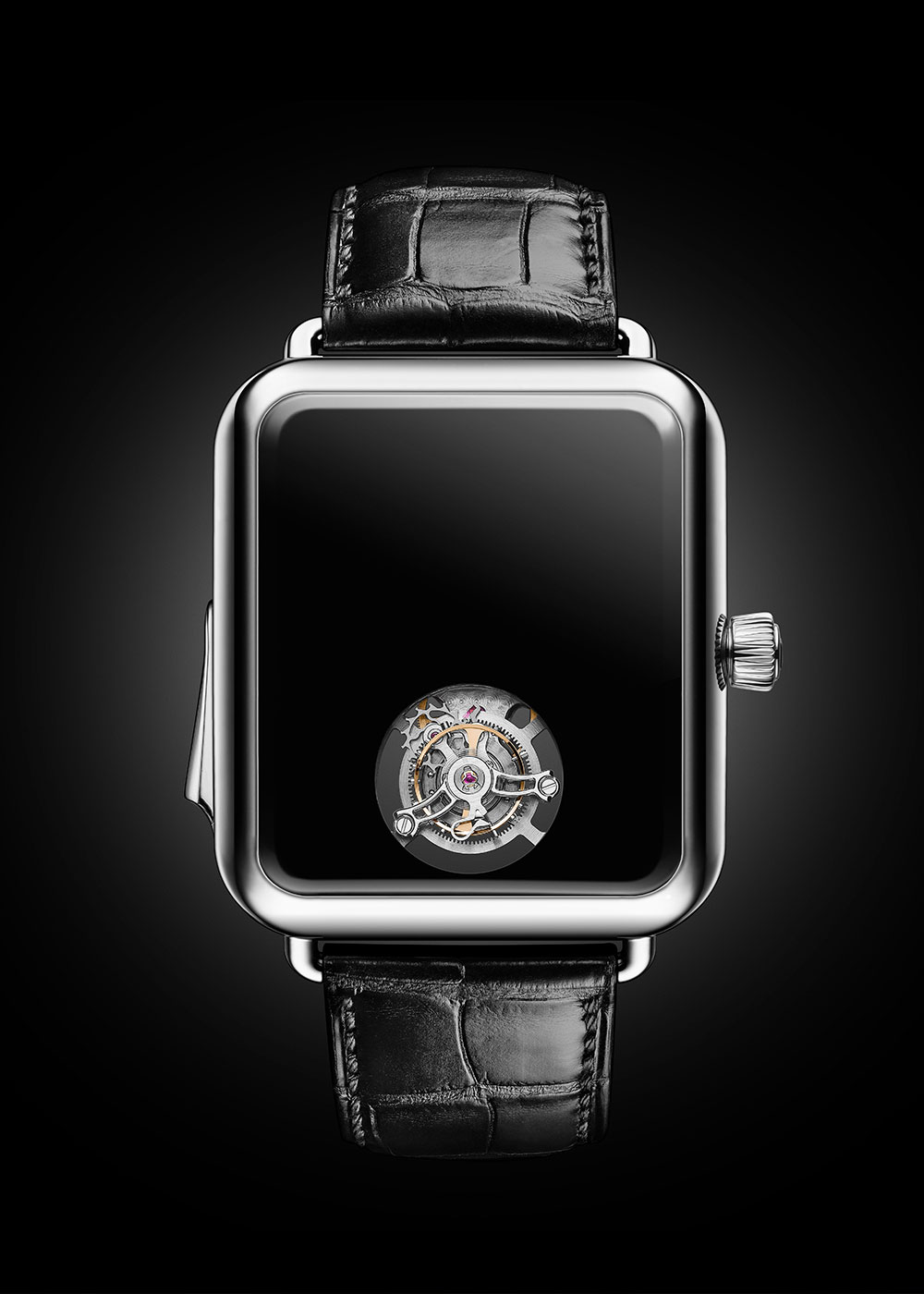
Moser also created the Swiss Alp Watch, a parody of the Apple Watch that was so successful that it has gone into regular production, and the Swiss Icons watch, a unique mash-up of Rolex, Panerai, Patek Phillipe, IWC, AP, Hublot, and Girard-Perregaux design codes, created such a ruckus that they had to take it off the market.
But there’s a method to Meylan’s bad-boy behaviour. Compared to the brands noted above, H. Moser only makes about 1,500 watches per year. Getting the younger audience’s attention in the luxury market is a challenge even to companies with deep pockets. And says Meylan, he’d rather put the money into production rather than marketing.
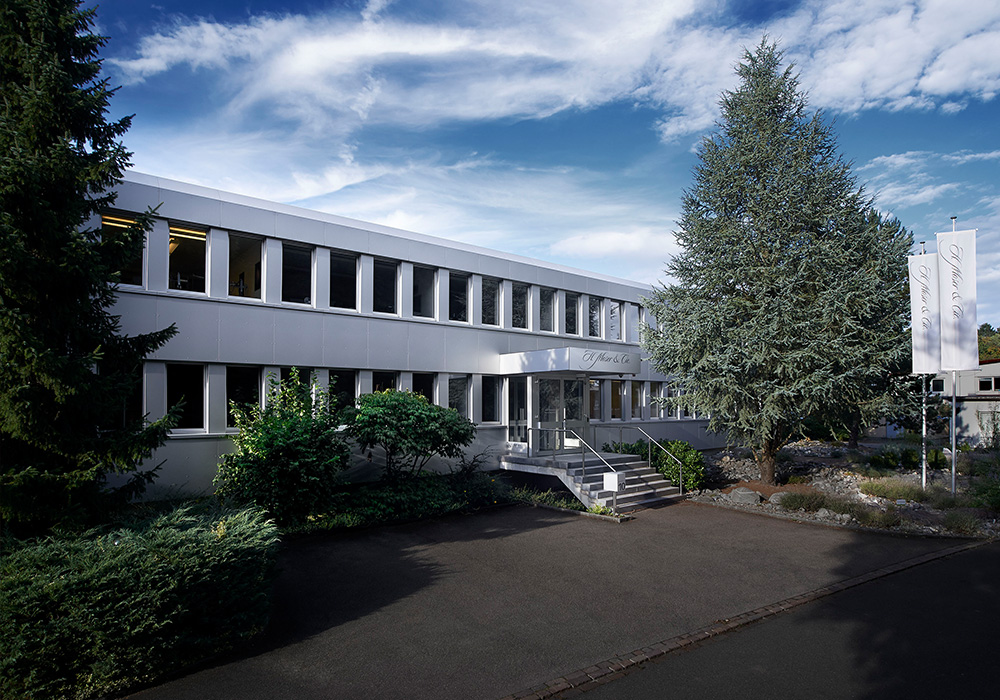
After our visit to Charlottenfels, we visited the H. Moser manufacture. This factory also houses the brand’s sister company Precision Engineering, one of only three Swiss manufacturers of escapement systems who make hairsprings and balances for other watchmakers.
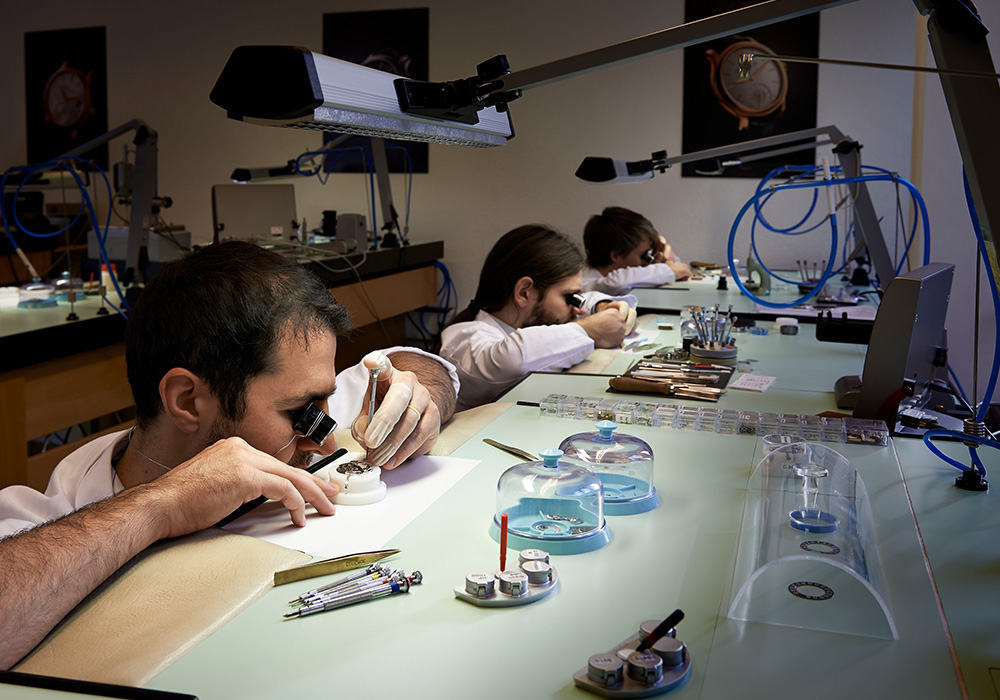
It’s a high tech operation, which allows H. Moser to make super complicated timepieces — like the Endeavour Flying Hours which displays time through a series of discs — at a relatively accessible price point.
Meylan may come off as a provocateur, but he is also a listener. And service standards are a big concern for collectors. That’s why it’s one of the company’s goals to create mechanisms that are consistent and accurate. “It’s nonsense to have to send a $50,000 watch back for service and it takes six months to get it back because they have to remake one part.”
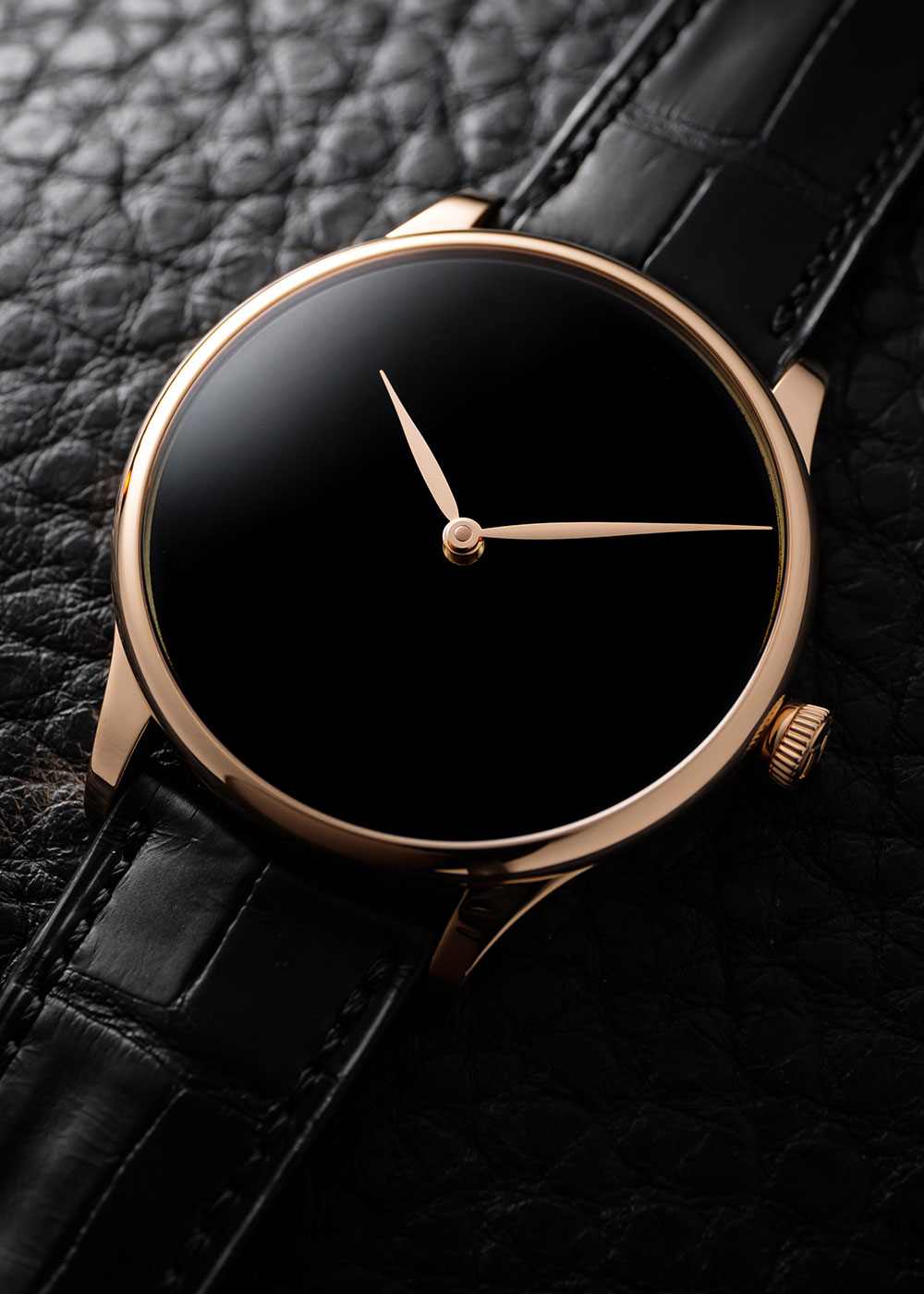
It’s the brand’s signature mix of watchmaking skills with minimalist styling that stands out. For example, the dial of the Venturer Concept Vantablack is coated in a material composed of carbon nanotubes that are the darkest man-made substance. It doesn’t even have the brand’s signature on the dial, but you can immediately identify it as a Moser by the leaf-shaped hands and elegant case shape.
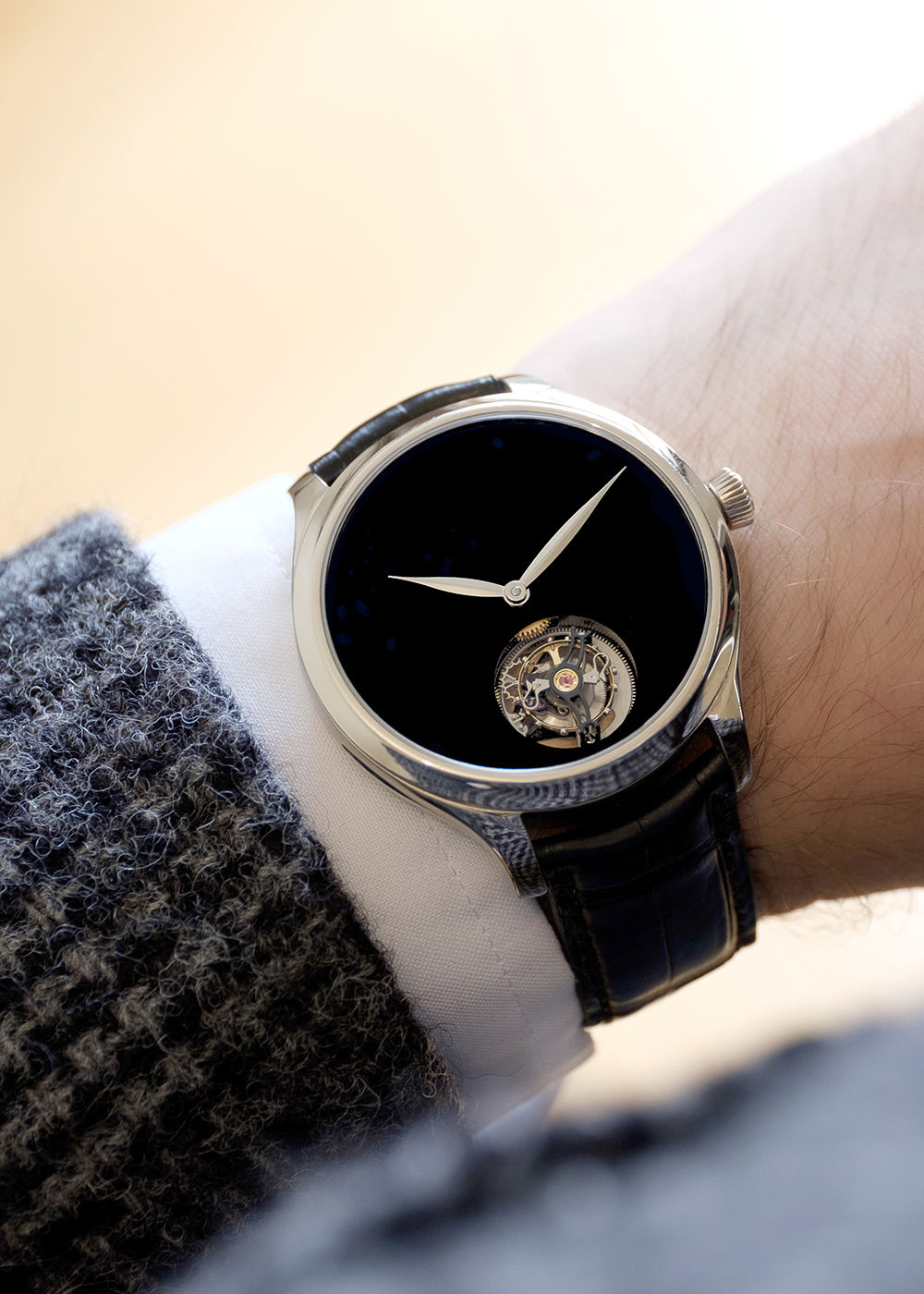
The company’s latest offering, the Endeavour Tourbillon Concept, is another design that makes use of Vantablack, this time accenting the minimalist dial with a tourbillon made from ultra-lightweight aluminum originally developed for the aerospace industry.
Which brings us back to the company’s original rabble-rousers. “We’ve always wanted to combine Heinrich’s technical brilliance with Henri’s sense of daring and his eye for beauty,” says Meylan. “With a touch of disobedience.”
